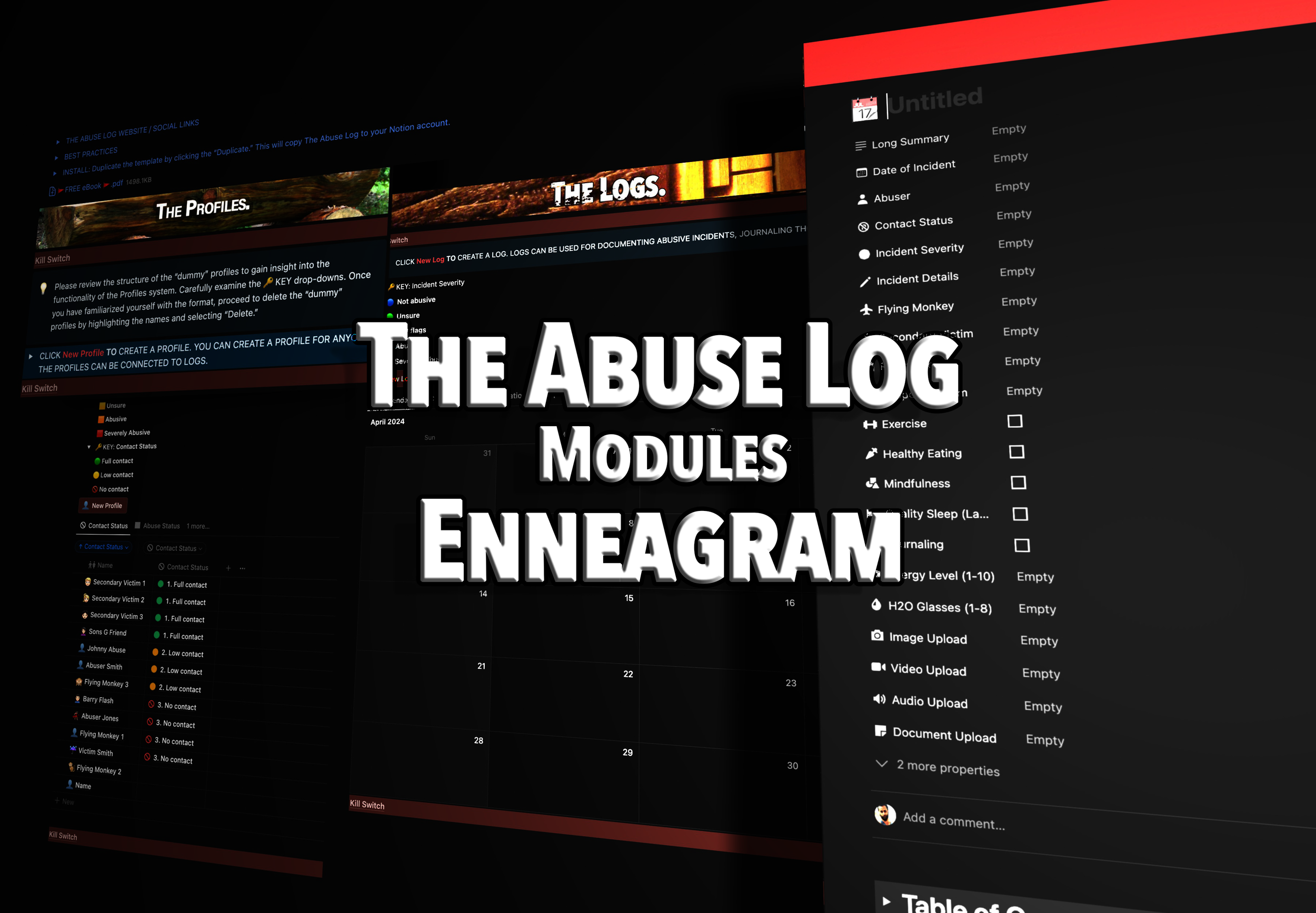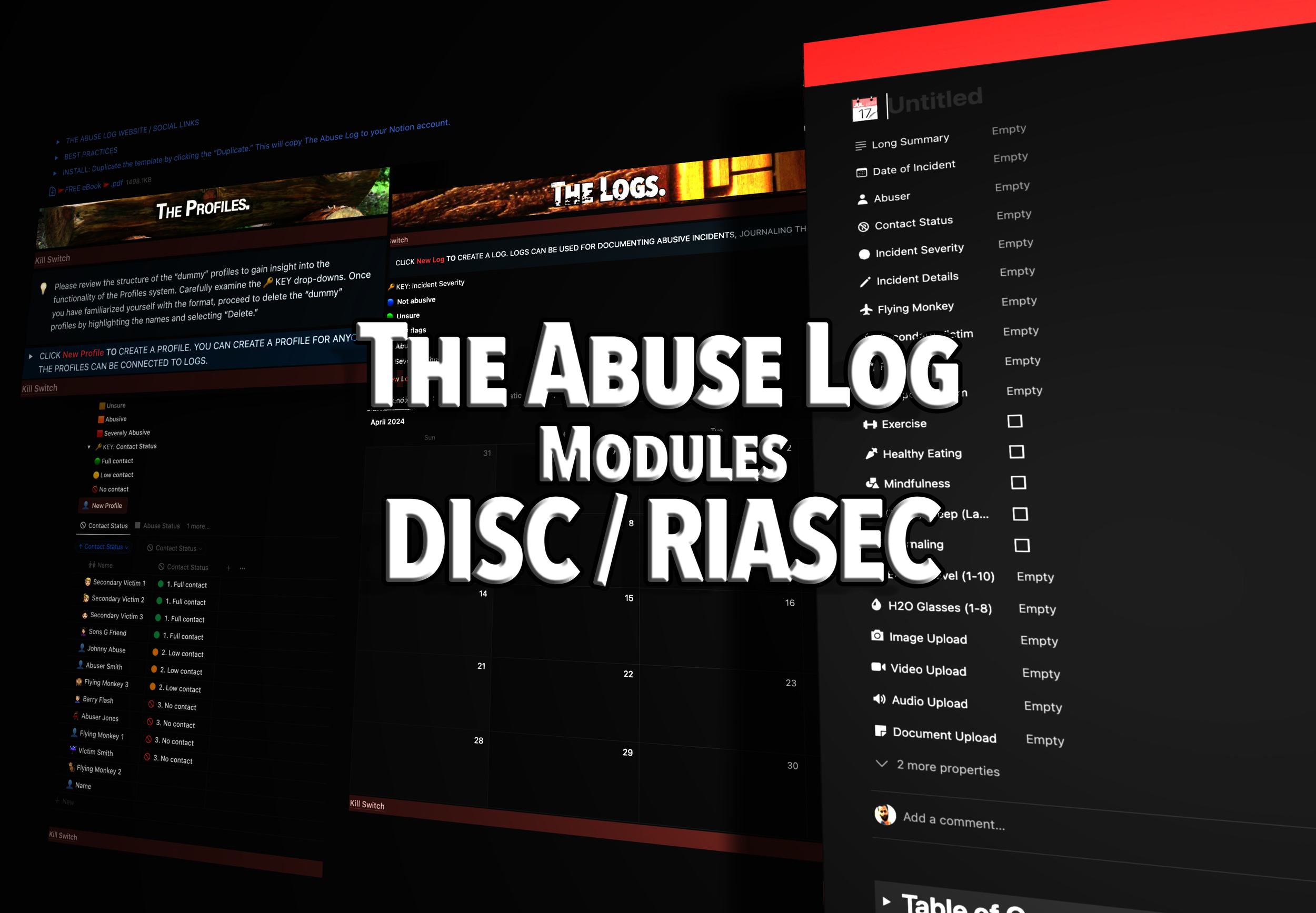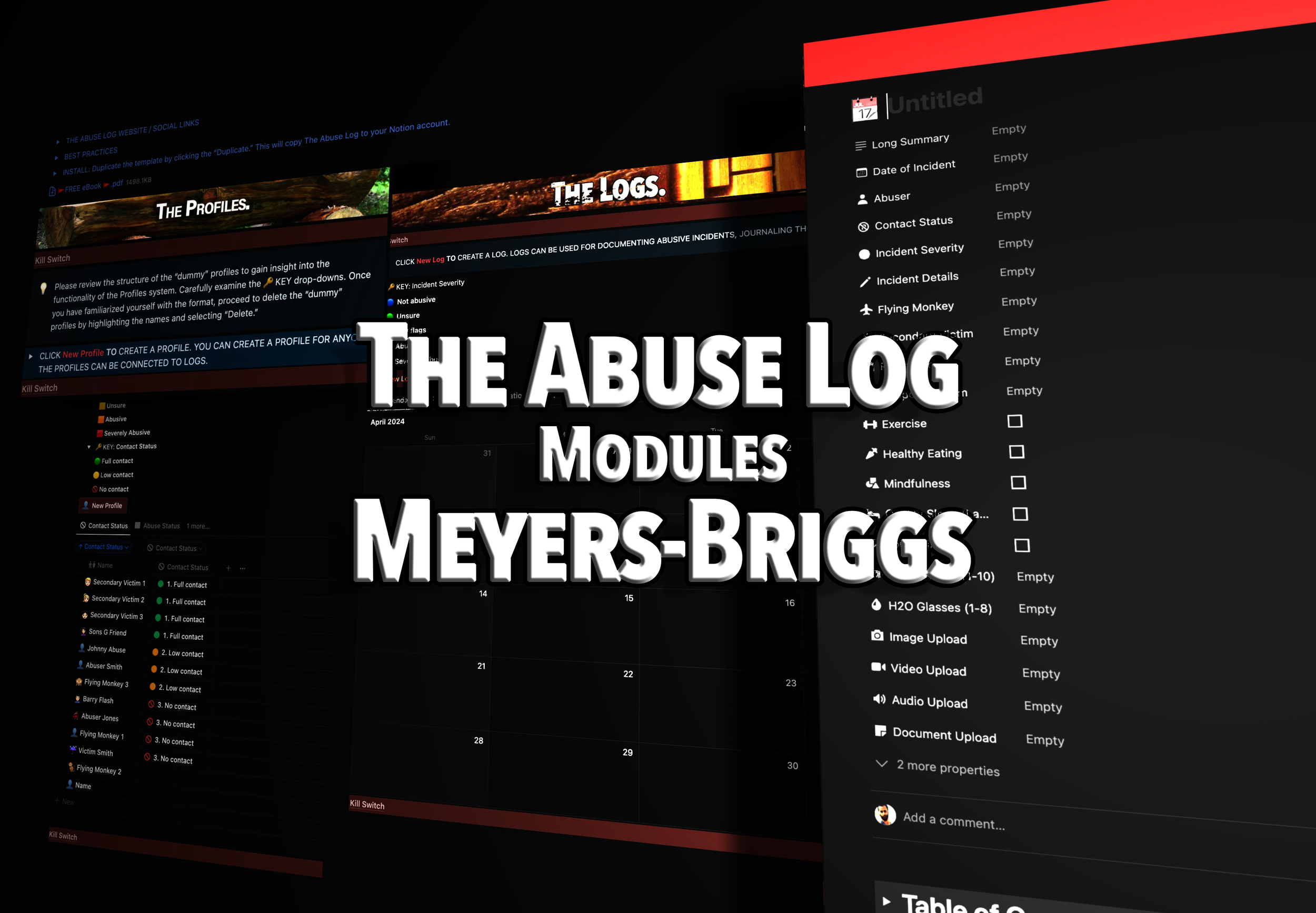The Parasitic Relationship of a Narcissist and a Codependent
A relationship between a narcissist and a codependent is a complex dance of emotional needs, control, and self-perception. At its core, it is parasitic—one person thrives on the life force of another, leaving a trail of emotional devastation. To understand this dynamic, we must first explore the characteristics of each participant and how their roles perpetuate a toxic cycle.
The Narcissist: A Hungry Predator
A narcissist's world revolves around their insatiable need for validation and power. Narcissists often have an inflated sense of self-importance and a deep fear of inadequacy, which they mask through manipulation and control. They are skilled at identifying vulnerabilities in others and exploiting them for personal gain. In the context of relationships, they seek partners who can provide a steady stream of attention, admiration, or compliance.
Key traits of a narcissist include:
Grandiosity: An exaggerated sense of superiority and entitlement.
Manipulation: Using tactics like gaslighting, guilt, and charm to maintain control.
Lack of Empathy: Difficulty in recognizing or caring about others' feelings.
Need for Validation: Relentlessly seeking affirmation to fill their internal void.
For the narcissist, a codependent partner becomes an ideal target. They see the codependent's willingness to give as an endless reservoir to exploit.
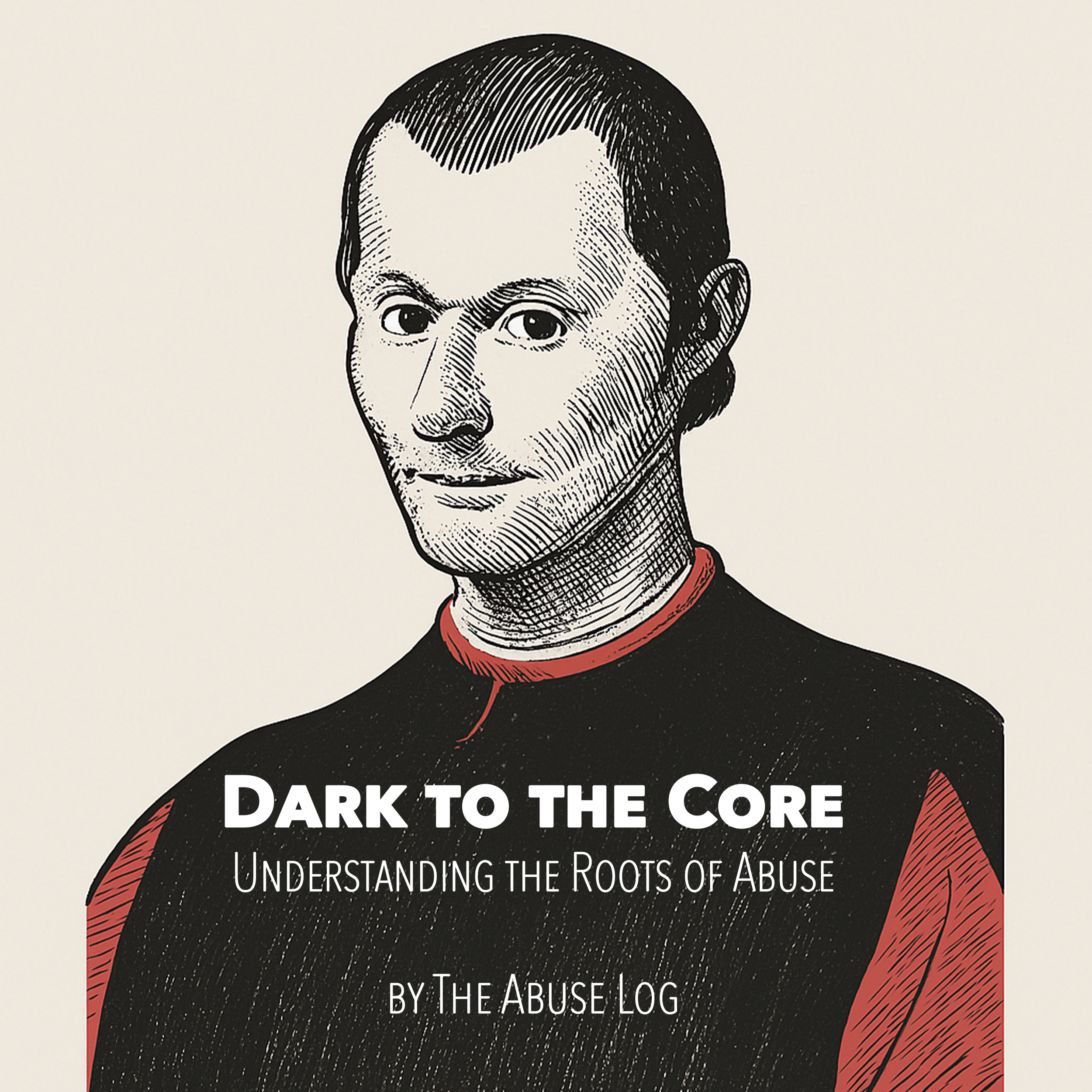
The Codependent: A Well of Sacrifice
Codependents often derive their sense of self-worth from serving others. They tend to prioritize their partner’s needs over their own, believing that love and acceptance must be earned through sacrifice. This makes them particularly vulnerable to narcissists, who demand unwavering attention and devotion.
Key traits of a codependent include:
Low Self-Esteem: Believing they are unworthy of unconditional love.
People-Pleasing: Going to great lengths to avoid conflict or rejection.
Over-Responsibility: Feeling responsible for their partner’s happiness and well-being.
Fear of Abandonment: Staying in unhealthy relationships to avoid being alone.
While codependents may initially feel fulfilled by meeting a narcissist’s demands, this dynamic quickly devolves into an unhealthy cycle of giving and taking.
The Toxic Dance
The relationship between a narcissist and a codependent begins with an intense and often intoxicating connection. This phase, known as love-bombing, is marked by the narcissist showering their partner with affection and attention, creating a false sense of security and mutual devotion. The codependent, starved for validation, feels seen and valued in ways they never have before.
However, this honeymoon phase is short-lived. Once the narcissist feels secure in their control, they begin to devalue the codependent, criticizing and undermining them to maintain dominance. The codependent, desperate to restore the initial harmony, works even harder to please the narcissist, sacrificing more of their own needs and boundaries in the process.
This cycle—idealization, devaluation, and discarding—repeats endlessly, leaving the codependent emotionally drained and the narcissist perpetually dissatisfied.
The Consequences of the Parasitic Bond
For the codependent, the toll of this relationship is profound. Over time, they may lose their sense of identity, autonomy, and self-worth. They often experience anxiety, depression, and feelings of worthlessness. The constant effort to meet the narcissist’s demands leaves little room for self-care or personal growth.
For the narcissist, the relationship provides temporary gratification but fails to address their underlying insecurities. Their need for control and validation remains insatiable, driving them to seek new sources of supply once the current one is depleted.
Breaking Free: Steps Toward Healing
Ending a parasitic relationship between a narcissist and a codependent is challenging but essential for both parties to achieve healthier lives. Here’s how each can begin the healing process:
For the Codependent:
Recognize the Pattern: Understand the dynamics of the relationship and acknowledge its toxicity.
Set Boundaries: Learn to say no and prioritize your own needs without guilt.
Seek Support: Therapy, support groups, or trusted friends can provide guidance and encouragement.
Rebuild Self-Worth: Engage in activities that nurture your confidence and sense of identity.
For the Narcissist:
Acknowledge the Problem: Accept that their behavior is harmful to themselves and others.
Pursue Therapy: Professional help can uncover the root causes of their narcissism and teach healthier coping mechanisms.
Develop Empathy: Practice understanding and valuing the feelings of others.
Seek Fulfillment Within: Learn to derive a sense of self-worth that doesn’t rely on external validation.
Conclusion
The relationship between a narcissist and a codependent is a toxic entanglement where one person consumes and the other is consumed. Breaking free from this parasitic bond requires courage, self-awareness, and a commitment to healing. While it is possible for both parties to grow and change, it often necessitates a complete separation to allow each individual the space to rediscover themselves.
By shedding light on the dynamics of this relationship, we empower those trapped in its cycle to seek healthier, more fulfilling connections.


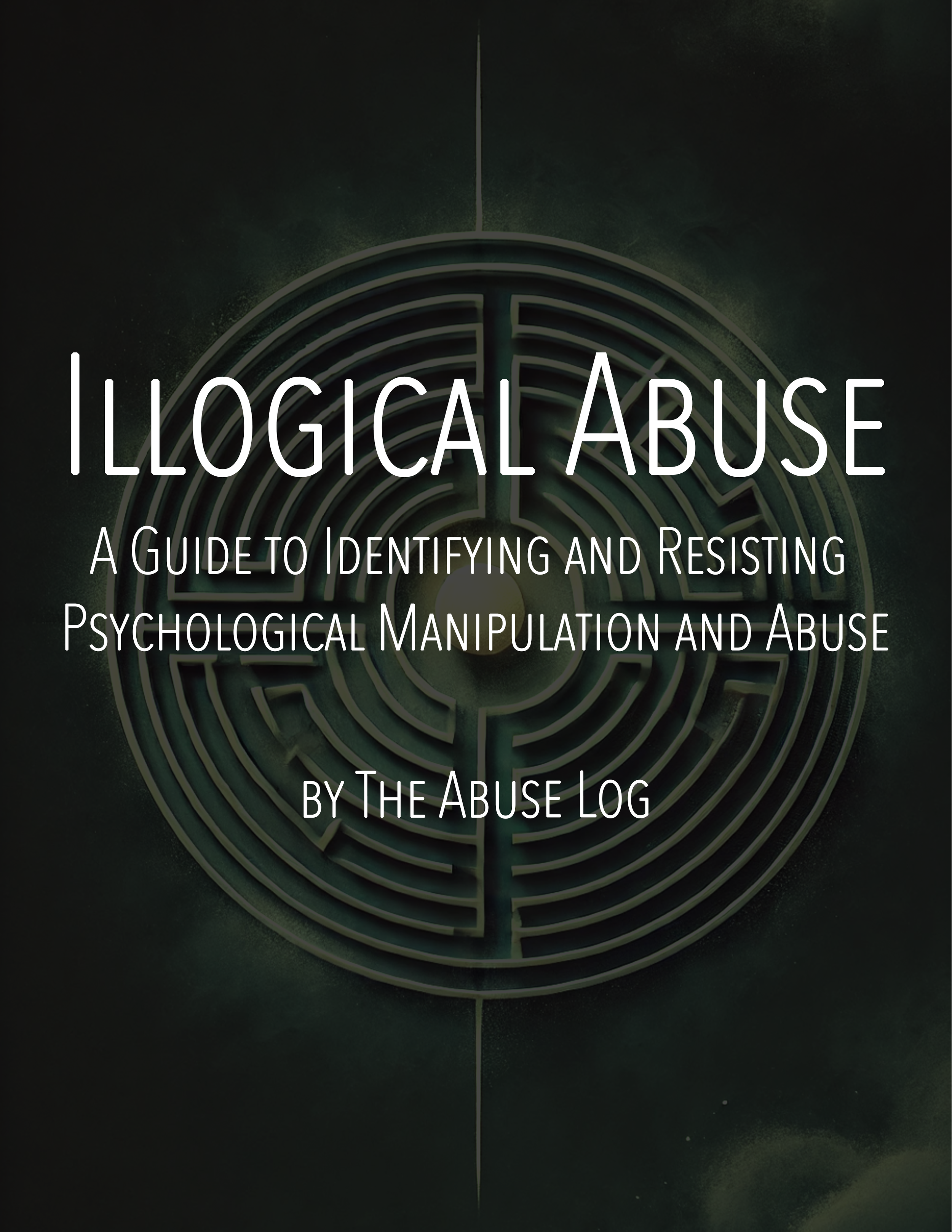

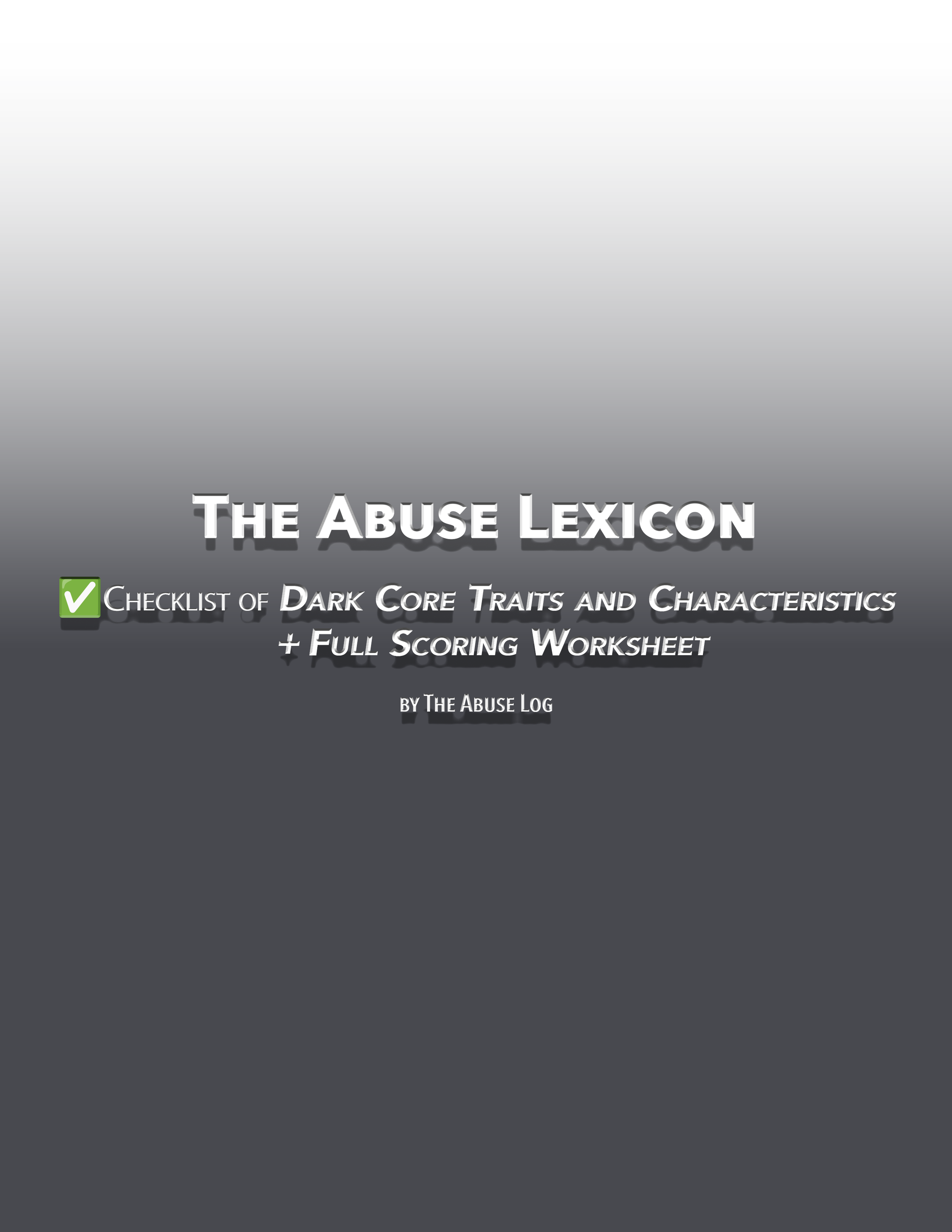


![The Abuse Log Notion Template [Basic]](https://images.squarespace-cdn.com/content/v1/65b9553c448d7e5b0ec1dfcd/4c83e581-b720-4cbe-83b1-2d72e7a9ac8a/Logo+Gumroad-Basic.png)
![The Abuse Log Notion Template [Advanced]](https://images.squarespace-cdn.com/content/v1/65b9553c448d7e5b0ec1dfcd/c3bb150a-a911-4f91-a23e-3621b98a2d55/Logo+GumroadAdvanced.png)
![The Abuse Log Notion Template [Professional]](https://images.squarespace-cdn.com/content/v1/65b9553c448d7e5b0ec1dfcd/7fa18cea-edf4-4325-8234-13f3527579c2/Logo+GumroadProfessional.png)






